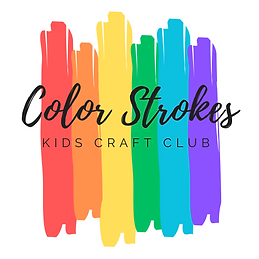LOOSE PARTS PLAY
- Gabriela Bolanos
- Jun 20, 2023
- 2 min read
Loose Parts Play was developed in 1972 by Simon Nicholson. This theory invites children from early ages to 12 years old to increase their focus and engagement, develop critical thinking and problem solving and improve language skills through conversation and collaboration.
Children use open-ended materials, this means that there is not only one purpose to them, like a toy. The materials can be combined, carried, moved, redesigned, taken apart, put back together in multiple ways. These materials can be natural or synthetic and recycled. They can be big or small.
Children by nature are attract to play with unexpected objects like boxes, wrapping paper, wrapping peanuts, etc. They have a natural attraction to loosen parts because of their innate curiosity, creativity and imagination.
When children are invited to engage in loose parts play, they will ask: What is this? What do I do with all these? You will answer: How would you like to play with them? Or What would you like them to be?
There are not specific directions for loose play materials, the person who moderates the play can give ideas of how materials can be used, with a little creation with some of the materials. Also, this person needs to explain the rules or guidelines for using objects safely.
It would be necessary to use materials that are “safe” according to the age of the children involved in the activity.
Some ideas of loose part materials are objects with different colors, smells, textures, shapes, etc.
It is always important a mix and variation between big and small, natural and synthetic, rough and smooth and other contrasts.
There are many benefits of loose parts play, children develop confidence and self-esteem, they understand that they are capable of create innovative things and communicate their thinking and ideas about it. You also, can count, learn patterns and sorting objects through loose parts play.
There are many skills that can be developed with loose parts play, why don’t implement it on your child’s daily routines.
List of loose parts:
Flowers
Feathers
Rocks
Leaves
Pinecones
Shells
Sticks
Tree cookies
Lids
Bottle caps
Bread clips
Disposable cups
Rubber bands
Boxes
Plastic bottles
Bubble wrap
Doilies
Scarves
Egg cartons
Straws.


תגובות